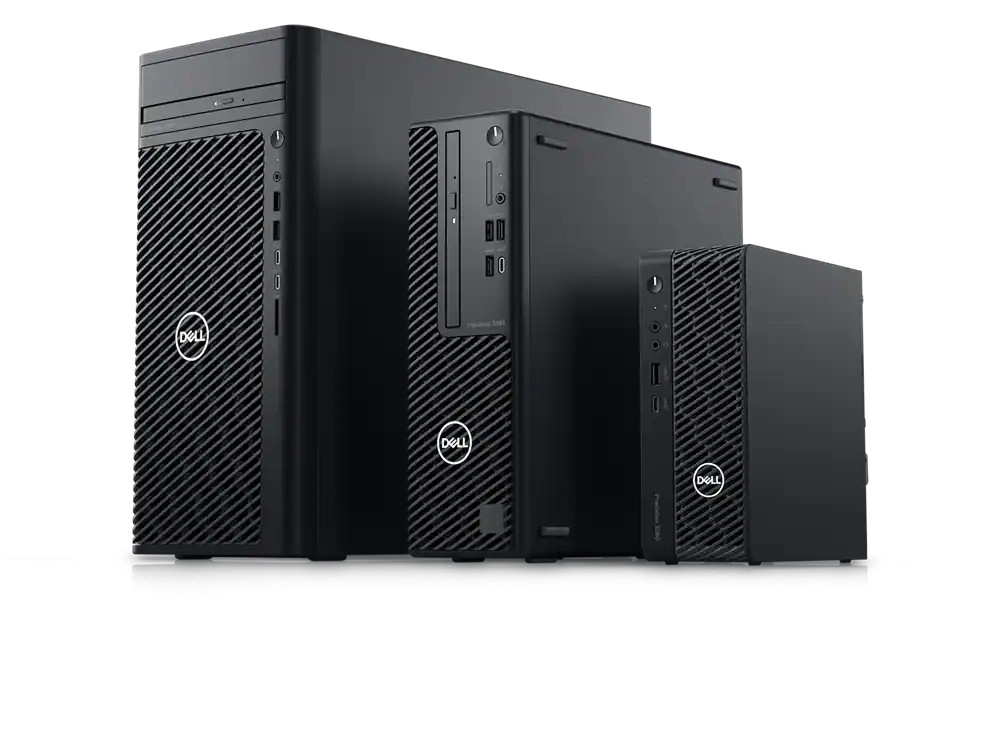What is the difference between a workstation and a server?
It is generally believed that the main difference between workstations and servers lies in the design goals.

Workstations: Prioritized to meet professional needs, there are two categories. One type is based on high speed, high capacity, and high stability, such as graphics workstations, and the other type mainly meets specific needs, such as thin clients. When people say workstations, they generally refer to the former. In order to meet the needs of high-performance computing, such workstations are usually equipped with (multiple) multi-core high-performance processors, large-capacity high-speed error correction memory, (multiple) high-performance graphics processors, multiple display devices, large-capacity high-speed disks (array), high-speed data interface, high-power power supply, running compatibility-verified and optimized software. For increased performance, some also have co-processors or general-purpose graphics processors. A workstation is usually a stand-alone operation, directly operated by the user, and is actually a high-performance computer.
Server: more emphasis on network service quality, especially the ability to handle a large number of concurrent connections, as well as the stability, reliability and maintainability of long-term work. In addition, the user of the server is a network terminal, and operations and management are generally carried out through the network, so the server itself does not need to be equipped with a high-performance graphics processor
However, workstations and servers are not clear-cut, and have mutual penetration. For example, some companies have launched virtual workstations. Users log in to workstations remotely through network terminals, submit tasks, and download results, which is conducive to improving (cluster) performance and centralized management, and at the same time facilitates data access and centralized storage.
Such a virtual workstation is conceptually no different from a server. Similarly, some computing servers (also known as supercomputers) began to be equipped with general-purpose graphics processors to improve parallel computing capabilities, and this type of server has the characteristics of some workstations.
In a sense, workstations and servers can be distinguished according to their main applications. Stand-alone machines that mainly provide high-performance numerical and graphics/image computing services can be called workstations; single machines or clusters that mainly provide network services are called Servers are more appropriate.
The workstation is here to run the 100-meter race, emphasizing speed. Servers run marathons and emphasize durability.
Workstation: Mainly used for graphic design, space design, animation editing, movie editing, etc., high-performance computers that require someone to operate. The overall performance is biased toward image processing, and the graphics card is preferably a professional graphics card rather than an ordinary game card.
Server: It is mainly used for background service, website background, mail server, file server, CRM, OA, ERP and other automatic operating systems, which do not require frequent manual operations, high-performance, high-stability hosts. The overall performance is biased towards data processing, generally not equipped with a discrete graphics card, and a monitor is also optional.



